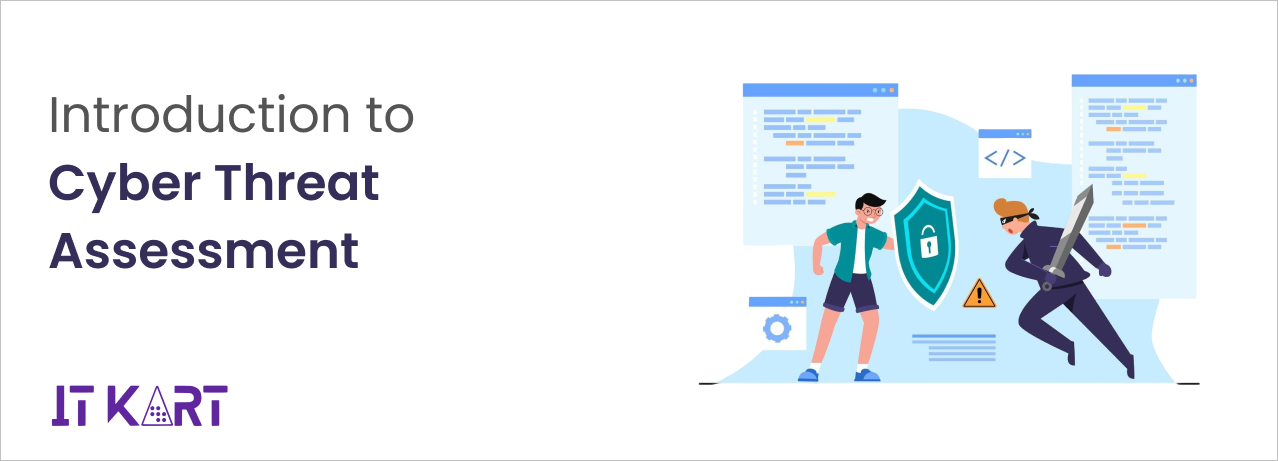Introduction to Cyber Threat Assessment
Before we dive into the nuts and bolts, let's get one thing straight - your company is a potential target for cyber crooks. It's not a matter of if, but when. This is why an annual cyber threat assessment isn't just smart; it's non-negotiable. Think of it as your digital health check-up, mapping out the risks and vulnerabilities that lurk in the shadows of your IT systems. It scopes out the digital landscape to identify threats—from run-of-the-mill viruses to sophisticated cyber-espionage tactics. Each assessment gives you an action plan to sharpen your defenses, sort of like knowing where to put the armor where it counts. So don't wing it. Without this intel, you're swinging in the dark at threats that have a bulls-eye on your back. Get the assessment. Get the upper hand. Stay ahead of the game.
1. Understanding the Risks: What is a Cyber Threat?
Cyber threats are nasty business. They're any malicious attack that tries to steal data, disrupt digital operations, or commit fraud. From viruses and phishing scams to ransomware, these risks constantly evolve as cybercriminals develop new tactics.
2. The Importance of Annual Cyber Threat Assessments
An annual cyber threat assessment is like a health check for your company's digital defenses. Just like regular doctor visits keep you informed about your health, this assessment helps you understand how secure your company is against cyberattacks.
3. Key Components of a Cyber Threat Assessment
A cyber threat assessment identifies vulnerabilities in your current security measures, evaluates potential threats, and provides recommendations to strengthen defenses. It ensures your company stays ahead of cyber risks.
4. How Cyber Threat Assessments Protect Your Company’s Data
By regularly performing threat assessments, you can prevent costly data breaches. These assessments simulate cyberattacks to identify weaknesses before hackers can exploit them, keeping your business secure.
5. The Financial Impact of Ignoring Cyber Threats
Ignoring cyber threats can be financially devastating. A single data breach can cost thousands or even millions, not including legal fees and reputation damage. Annual assessments help mitigate these risks.
6. Best Practices for Conducting a Cyber Threat Assessment
Start by identifying digital assets, analyzing potential threats, and assessing vulnerabilities. Regularly updating and testing security strategies ensures continued protection against evolving cyber threats.
7. Overcoming Challenges in Cyber Threat Assessment Implementation
Conducting an assessment comes with challenges such as evolving threats, budget constraints, and lack of cybersecurity expertise. Investing in the right tools and training can help businesses overcome these obstacles.
8. Case Studies: The Benefits Realized from Regular Assessments
Companies that perform annual cyber assessments prevent major security incidents. Organizations that regularly update their security policies based on assessment findings are better equipped to defend against cyber threats.
Conclusion: Prioritizing Cybersecurity with Yearly Assessments
It boils down to this: regular cyber threat assessments are critical for your company's safety. Think of them as your digital health check-ups. They identify vulnerabilities, predict potential threats, and help prepare defenses against cyber attacks. Annual assessments keep security measures up-to-date and employees in the know, ensuring your business stays one step ahead of cyber criminals. It's not just about fixing problems as they come but about being proactive. By making cybersecurity a priority with yearly check-ups, you're not only protecting your company's data but also its reputation and bottom line. Stay sharp, stay safe, and don’t risk falling behind in the ever-evolving world of cyber threats.
